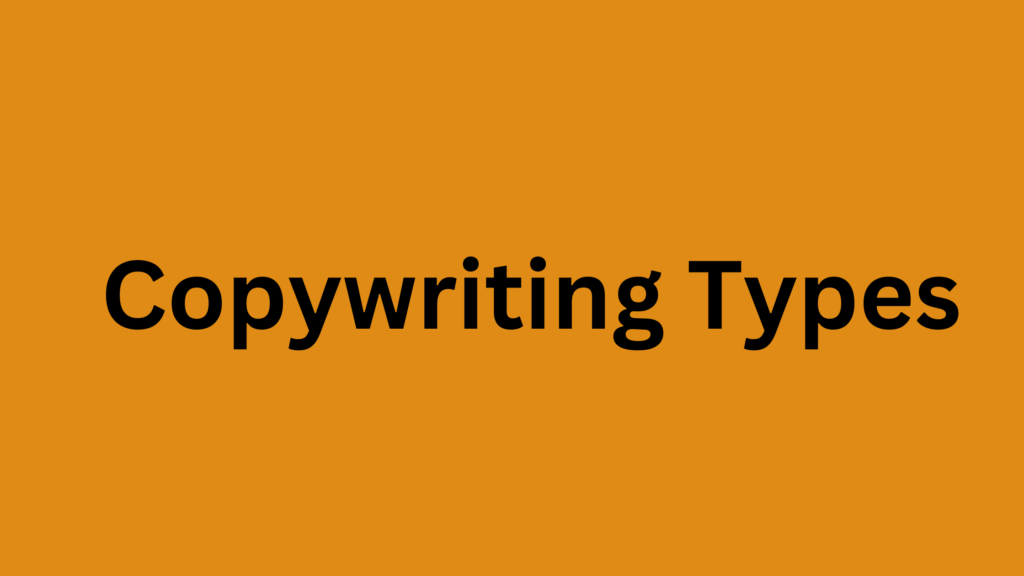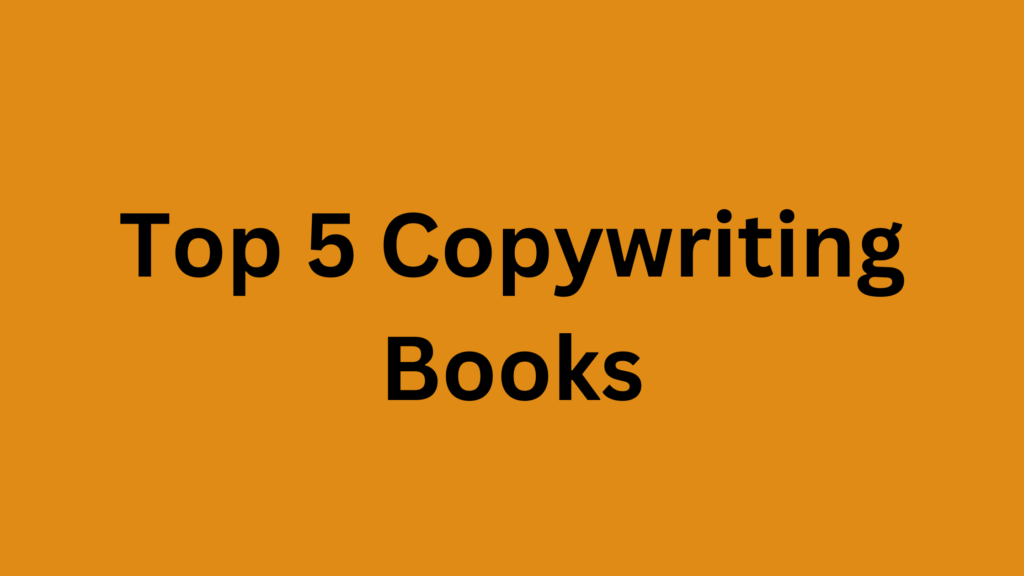Want to know the different copywriting types with examples?
1. Website Copywriting
Your website is your online handshake. Website copywriting involves writing words for your homepage, landing pages, and product pages. The goal? To tell visitors what you do, why they should care, and what to do next—fast.
Why it matters:
You have 5 seconds to grab attention. If your copy is confusing or boring, people leave.
Example:
Look at the below homepage content:
- Headline: “Create stunning graphics in a few clicks—zero design skills needed.”
- Subhead: “Easily design social media posts, ads, and more in just a few clicks.”
- CTA: “Start your free trial” .
Every sentence focuses on you—the reader. It answers your pain points (no design skills) and offers a solution (fast, easy graphics).
Pro tip: Use short paragraphs, bullet points, and active verbs like “Start,” “Get,” or “Join.”
Related: Copywriting vs Content Writing: Main Differences
2. SEO Copywriting
SEO copywriting is also one of the most important copywriting types you need to know of. It’s about writing SEO content that ranks on Google. You’ll use keywords (like “best yoga mats” or “how to start a blog”) so people find your website when they search.
Why it matters:
If your content doesn’t rank, nobody sees it.
Example:
Here’s an example of an SEO copywriting sentence that’s optimized for the keyword “best running shoes for beginners”:
- “If you’re just starting your running journey, the best running shoes for beginners can make all the difference—comfort, support, and durability to keep you moving.”
Tools like Ubersuggest or Google Keyword Planner help find keywords, but your job is to make the content useful for readers.
Pro tip: Answer common questions (like “What’s the easiest breakfast for kids?”) to rank for long-tail keywords.
3. Product Copywriting
Product copywriting sells a specific item. Think Amazon product descriptions or app feature pages. The key? Focus on how the product improves your life, not just specs.
Why it matters:
Features tell—benefits sell.
Example:
Slack’s product page says:
- “Keep all your team’s messages in one place, even after projects end.”
Instead of saying “cloud-based messaging,” they highlight the benefit: you never lose important chats.
Pro tip: Use phrases like “Imagine…” or “You’ll get…” to put the reader in the picture.
4. B2B Copywriting
B2B (business-to-business) copywriting sells to companies, not individuals. You’ll write emails, case studies, or LinkedIn posts for CEOs, managers, or IT teams.
Why it matters:
Business buyers care about ROI, efficiency, and saving time/money.
Example:
A software company might say:
- “You’ll cut project delays by 40% and keep your team on track.”
Notice the word “you”—it makes the business impact personal.
Pro tip: Use stats or case studies. For example: “83% of our clients reduce costs within 3 months.”
5. B2C Copywriting
B2C (business-to-consumer) copywriting sells directly to everyday people. It’s often emotional, urgent, or playful.
Why it matters:
Consumers buy based on feelings, not just logic.
Example:
Glossier’s Instagram caption:
- “Your skin deserves care too. Meet our new 10-minute routine.”
Words like “deserves” and “new” create desire and FOMO (fear of missing out).
Pro tip: Use power words like “free,” “easy,” or “instant” to trigger quick decisions.
6. Direct Response Copywriting
Direct response copywriting pushes readers to act immediately. Think “Buy now!” emails, limited-time offers, or TV infomercials.
Why it matters:
If you don’t create urgency, people procrastinate.
Example:
Freshbooks’ email subject line:
- “Last chance! Your 30% discount expires tonight.”
The phrase “last chance” makes you worry about missing out.
Pro tip: Use deadlines (“Offer ends Friday”) or scarcity (“Only 5 left in stock”).
7. Ad Copywriting
Ad copywriting is writing short, punchy text for ads—Google Ads, Facebook Ads, billboards, etc. You have seconds to grab attention.
Why it matters:
Ads cost money. Every word must earn its place.
Example:
Monday.com’s Google Ad:
- “Tired of messy spreadsheets? Get organized with Monday.com—free for 14 days.”
It starts with a problem you relate to, then offers a solution.
Pro tip: Test different versions. For example: “Save 5 hours a week” vs. “Never miss a deadline again.”
8. Social Media Copywriting
Social media copywriting is writing posts, captions, or comments for platforms like Instagram, LinkedIn, or TikTok. It’s casual, engaging, and platform-specific.
Why it matters:
Social media is crowded. Your words need to stand out.
Example:
A fitness brand’s Instagram post:
- “You don’t need hours at the gym. Try this 15-minute workout and feel stronger today. 💪”
Emojis and casual language make it feel like advice from a friend.
Pro tip: Ask questions to boost engagement. For example: “What’s your #1 fitness goal this week?”
9. Creative Copywriting
Creative copywriting is about thinking outside the box—using humor, wordplay, or storytelling to make your brand memorable.
Why it matters:
People ignore boring ads. Creativity makes them stop and smile.
Example:
- “Sleep is overrated. Your favorite show isn’t.”
Netflix knows its audience (hello, late-night binge-watchers!) and turns the universal struggle of sleep deprivation into a relatable, funny truth.
Pro tip: Don’t force creativity. Match it to your brand’s personality.
Which Type of Copywriting Pays the Most?
Now, the big question: Which type of copywriting pays the most?
Short answer: Direct response copywriting and B2B copywriting often pay the highest. Here’s why:
- Direct Response Copywriting
- Companies pay top dollar for copy that directly drives sales. If your email campaign boosts revenue by 200%, you’re worth every penny.
- Average pay: 5–10% of sales generated.
- B2B Copywriting
- B2B deals involve bigger budgets (think SaaS tools or enterprise software). Writing case studies, whitepapers, or sales pages for these clients pays well.
- Average pay: 0.50–0.50–1 per word or $5,000+ per project.
But wait! Your income depends on:
- Your niche: Tech and finance pay more than lifestyle niches.
- Experience: A proven track record lets you charge premium rates.
- Results: Can you show that your copy increased sales or traffic?
How to Start Copywriting (No Experience Needed)
Here’s how to begin:
- Pick one type to specialize in (e.g., SEO copywriting).
- Study examples (swipe files) from top brands.
- Practice daily—rewrite ads or product descriptions.
- Offer free work to build a portfolio.
Want one-on-one, affordable copywriting training with an expert? Click here
Final Takeaway
You’ve learnt of the different copywriting types. However, it’s important to understand that copywriting isn’t just about writing—it’s about understanding what makes people click, buy, or share. Whether you’re writing a tweet or a sales page, keep it simple, focus on you (the reader), and always include a clear next step.
But remember: the best copywriters mix creativity with strategy. Now go grab your audience’s attention—they’re waiting!



